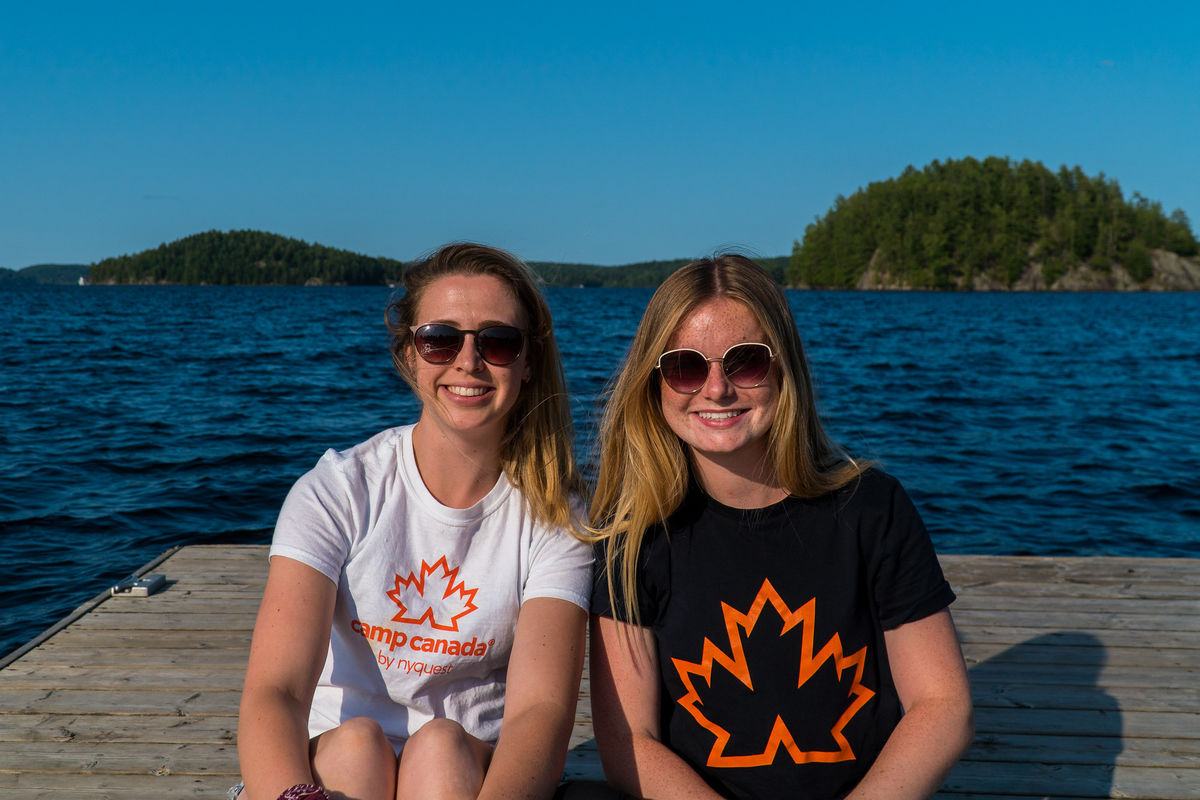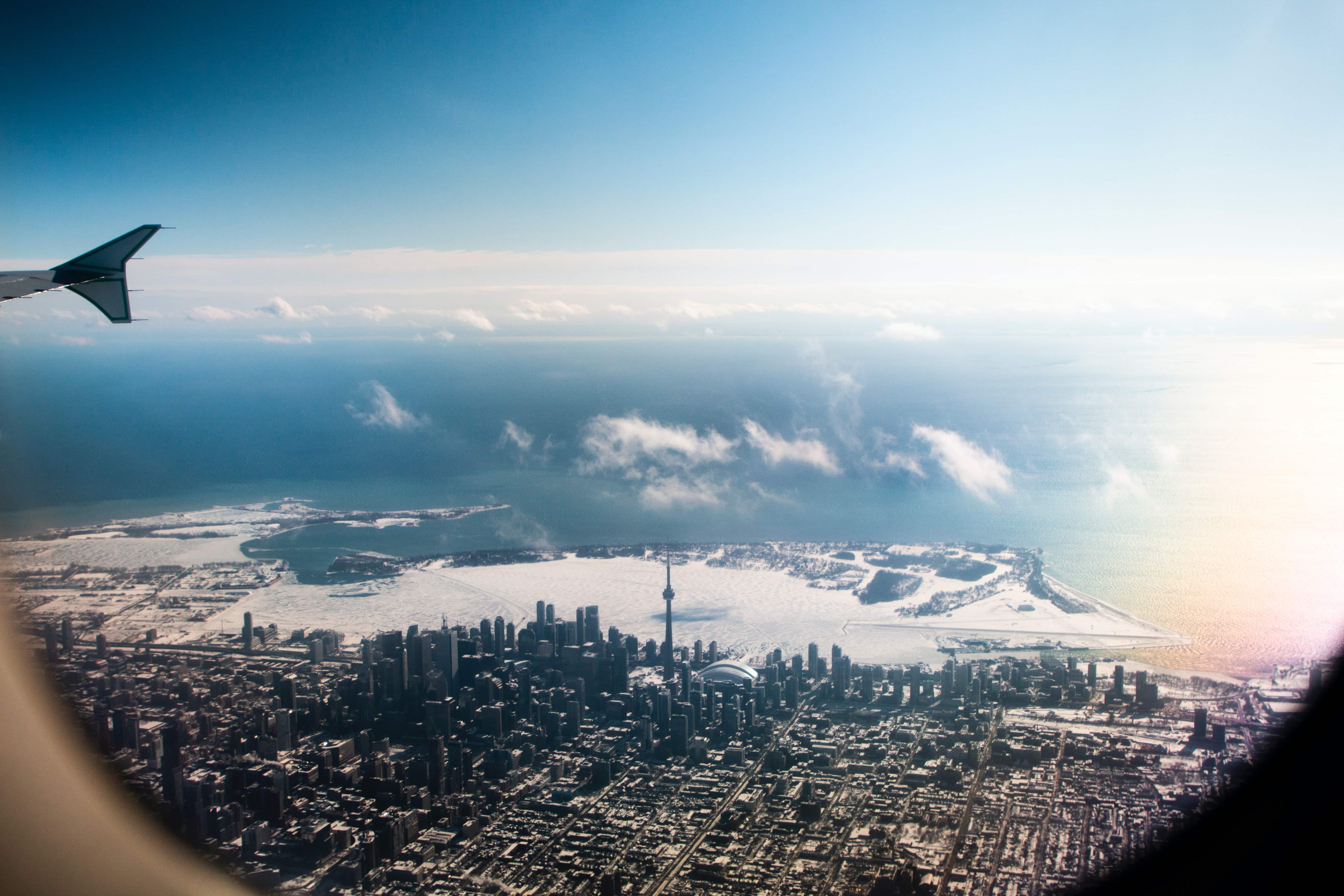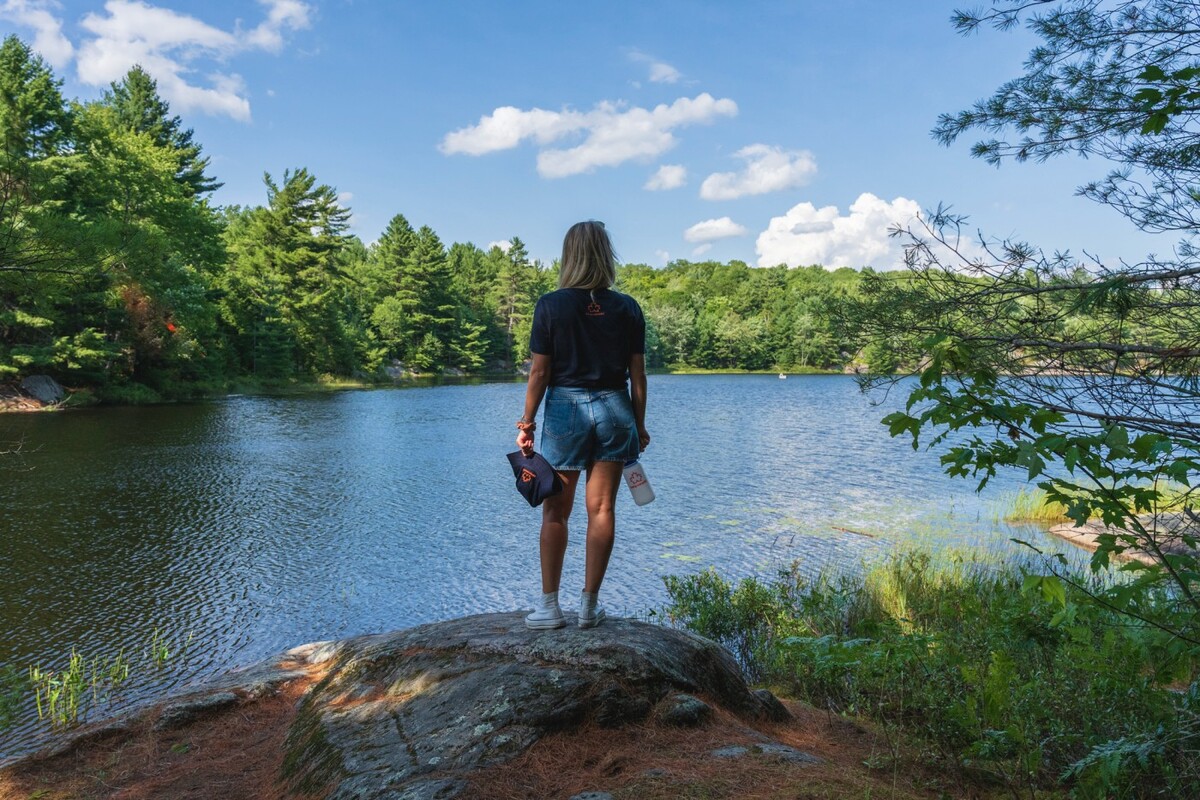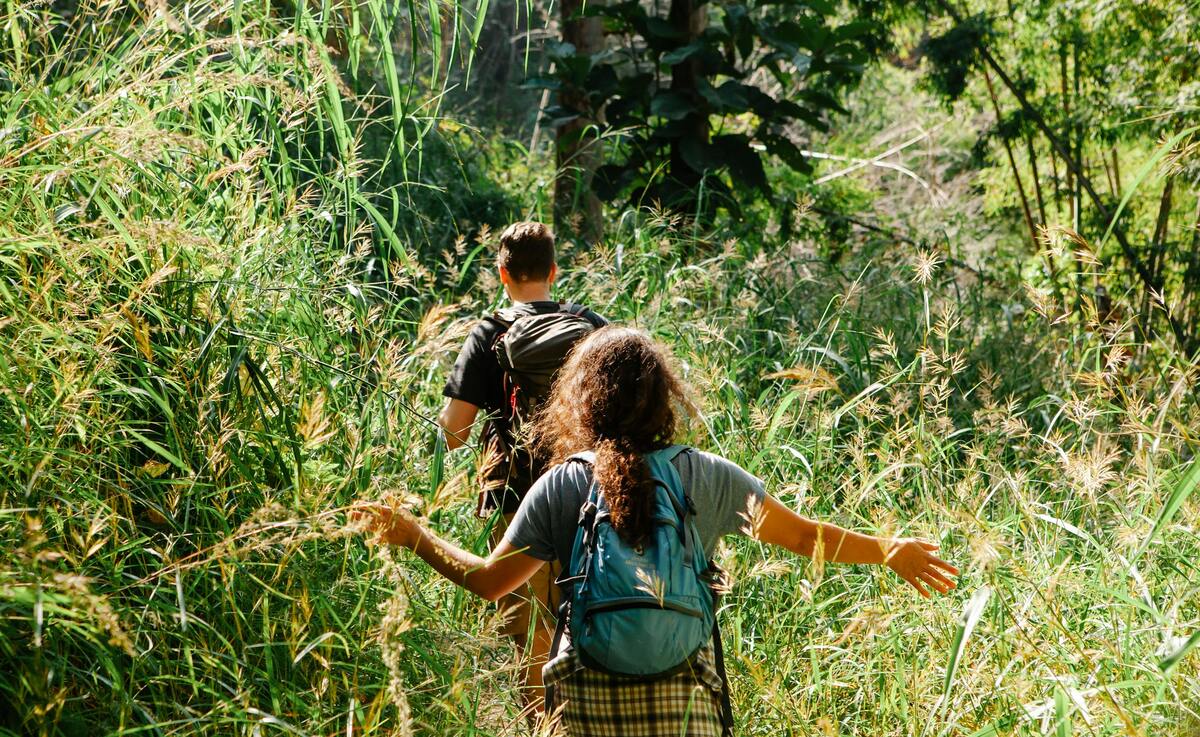Embark on an Epic Adventure in Jasper National Park: Your Ultimate Guide
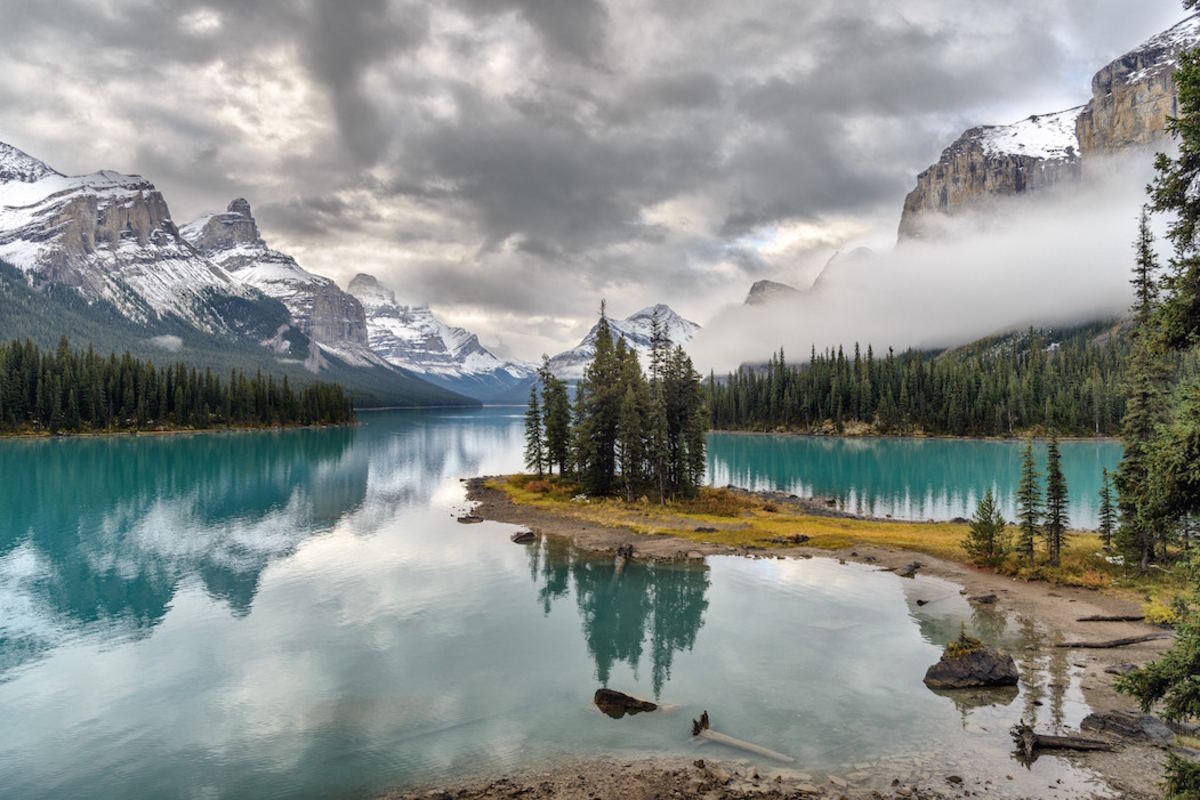
Jasper National Park can be found in Alberta, Canada - in the south of Canada; the whole park covers over 11, 000 km^2, making it the largest national park in the Canadian Rockies.
A haven that protects all animals living in their proper habitat and preserves the natural world above anything else.
With such a wide range of activities and scenery, this incredible wildlife preserve is also part of UNESCO’s Canadian Rocky Mountain Parks World Heritage Site so it’s definitely worth the visit.
There is something for everyone in Jasper National Park, for people who want an adventure or for people who just want to relax, look around and just take it in. This spectacular park has plenty to see and plenty to do.
There’s over 11,000 km^2 full of interesting wildlife and stunning scenery which includes different terrains, thousands of different species and different types of weather to endure. If you enjoy exploring, there are many ways you can do it from hiking, biking, skiing (winter), snowshoeing (winter), fat-biking (winter), or just having a good, old stroll. All of these things allow you to admire the view and see the variety this park has to provide. Rivers, lakes, forests, waterfalls, glaciers and canyons just prove all forms of nature that Jasper National Park has.
In the winter, you can try snowshoeing, which is where you can walk on knee-deep snow with specific shoes (snowshoes). They stop you from sinking in - enabling you to walk around easily.
The lakes are surrounded by wildlife thriving in its natural habitat. Some lakes are available to skate on in the winter if fully frozen (the ice is advised to be at least 6 inches deep).
Sometimes, even before the snow begins to fall, the temperature drops and a thick layer of transparent ice forms over the lake, creating the illusion that you’re not skating on ice but that you’re walking on water - which is an incredible feeling. Choose from the lakes dotted around Jasper National Park that are available to skate on when frozen, including Lake Mildred, Pyramid Lake, Snaring River (yes, you can skate on rivers as well) and many more.
There are lots of forests, in and around the park, each full of different trees and animals. Explore and immerse yourself in the wilderness and see if you can spot any classic Canadian wildlife! These forests all have completely natural ecosystems, making it all the more interesting. If you don’t want the risk of getting lost (which is what we believe to be part of the fun) you can see the forests from the outside, as part of the spectacular scenery surrounding you.

The Trails
Throughout the whole park, there are plenty of trails to try, from beginners to advanced, from long to short. The national park doesn’t just offer one way to get around either - you have a choice of what you want to do.
There are also specific places you can visit, like the Maligne Canyon. The Maligne Canyon is the deepest canyon in the Canadian Rockies. There are over 50m deep at some points and an iconic landmark. All abilities can explore this canyon due to the six bridges that have been built across it.

The Wildlife
Wildlife is a huge part of Jasper National Park, with tens of thousands of different species of plants and animals known to have made Alberta’s Canadian Rockies their home. There are 1300 species of plants, 20,000 types of insects/spiders, 40 types of fish, 16 species of amphibians/reptiles, 277 species of birds and 53 different species of mammals.
The mammals include black bears, grizzly bears, bighorn sheep, mountain goats, deer, elk, moose, coyotes, wolves, beavers, pine martens, lynx, porcupines, cougars, snowshoe hares, wolverine, and caribou.
Caribou (reindeer-like animals) are very important to the park after the number of herds began to decline, the park especially tries to make sure that these amazing creatures are protected, so they try and keep the environment that they live in as close to what it would be without human interception, with the correct ecosystem and food-chain.
Throughout the year there are seasonal closures, in certain places, to protect the wildlife and keep everything completely natural and wild. These places include Tonquin, Maligne-Brazeau and A La Peche. So be aware if you’re trying to see these areas and make sure you check they’re open.
The natural habitat of Caribou is generally high up in the mountains, on slopes and in deep, powder snow. The deep snow gives the Caribou an advantage over their normal predators, however, if this snow has ski or snowshoe trails (which are made by humans) they no longer have the advantage: wolves (Caribou predators) travel easier with these imprints in the snow, therefore will be able to hunt them much easier. This is why there are seasonal closures in certain areas in the park; to prevent this from happening.

Jasper Dark Sky Preserve
If you’re looking for something out of this world, other than the rest of the park, the dark sky preserve is such an unbelievable thing to see. A dark sky preserve is a place that protects the night sky and tries to reduce light pollution as much as possible so you can see the beauty of everything above us.
On the 26 of March 2011 the Royal Astronomical Society of Canada (RASC) officially made Jasper National Park a dark sky preserve, making it the largest dark sky preserve in the world, incredible galaxies and stars are just part of what you’ll see here so incredibly clearly at night. According to the National Park website, the places recommended to people as the best places to watch the sky are: Pyramid Island, Maligne Lake, Old Fort Point, and the toe of the Athabasca glacier. There is no seasonal recommendation because Jasper National Park is open all year round and the stars don’t just disappear at random points in the year unless there is cloud, so you’re able to go to the park and watch the night sky all year round.
However, in October there is an annual Jasper Dark Sky Preserve Festival which is when lots of people come together, including scientific experts, to celebrate the dark sky preserve and the night sky. During this festival there is an orchestra playing as you watch the stars, tickets for this cost around $119 CAD. Just imagine being sat, with no light but the stars, watching everything that happens above us every day with experts explaining it to you and a professional orchestra playing to add to the already perfect atmosphere.

The Best Time to Visit Jasper
The weather in Canada is cold, with its longest season as winter and its shortest as summer. If you’re looking to explore Jasper National Park here are some average temperatures so you can choose when’s best for you to go.
Seasons:
Winter is recommended as the best time to visit this inspiring park because of its beauty and the activities that are available for everyone to do. However, in this season the weather is coldest with a mean maximum temperature of -9.3 degrees Celsius and has periods of stormy, cold weather but these can change to a mild chinook wind - this creates a much warmer atmosphere.
Spring generally comes at around mid-April at the bottom of the valleys and comes to the high country at around mid-June, it doesn’t have any interesting weather that needs to be reported but, like all weather, it can change - as you already probably know.
Summer is the shortest and warmest season with a mean maximum temperature of 22.5 degrees Celsius. The weather is just general summer weather.
Autumn generally comes in around September and October with cooler temperatures. It brings clear skies and a cool temperature to the beauty of Jasper National Park.
Many different factors can impact the weather and contribute to the climate and weather patterns - especially in mountainous terrain like Jasper National Park. Different altitudes can cause different temperatures. The higher the altitude the colder the temperature. On average, there is a loss of 1.7 degrees Celsius for every 300m higher you go above sea level.
Also, the wind can have a great impact on the temperature; a wind from the Southwest brings warm air and moisture from the Pacific Ocean to the mountains in the park, but most of the moisture is dropped before it gets to the eastern slopes of the Rockies - if you want to stay warm, keep west when in the park. Wind can also come from glaciers. The weather down in valleys can be different because of their alignment and shading from the mountains in and around the park.
The weather will make your visit even more exciting no matter what it is. But make sure you’re prepared for all types of weather and check what it will be like before you go so you have the correct equipment and appropriate clothing.

Pricing
Costs are very important to know when you’re planning a trip. There are different costs for a variety of things in Jasper National Park that you might need to know, like entry fees.
Day pass
Provides you entry into Jasper, Banff, Kootenay, Yoho, Mount Revelstoke, Glacier, Waterton Lakes and Elk Island national parks.
- Adult (18 - 64 years) = $11
- Senior (65 years and above) = $9.50
- Youth (6 - 17 years) = Free
- Family/group (up to 7 people) = $22.00
- Commercial group = $9.35
Parks Canada Discovery pass
Provides entry into more than 100 National Parks, National Marine Conservation Areas and National Historic Sites across Canada. It is valid for a full year until the end of the month of purchase.
- Adult = $75.25
- Senior = $64.50
- Family/group = $151.25
All prices were taken during May 2024, Prices are subject to vary.
Jasper National Park is an incredible place that offers unlimited opportunities for people to see what nature is like without any human influence. It has so much to offer for anyone seeking an adventure in nature and is definitely worth the visit. While you're exploring the province, consider spending 48 hours in Edmonton or Calgary to experience Alberta's beautiful cities.
